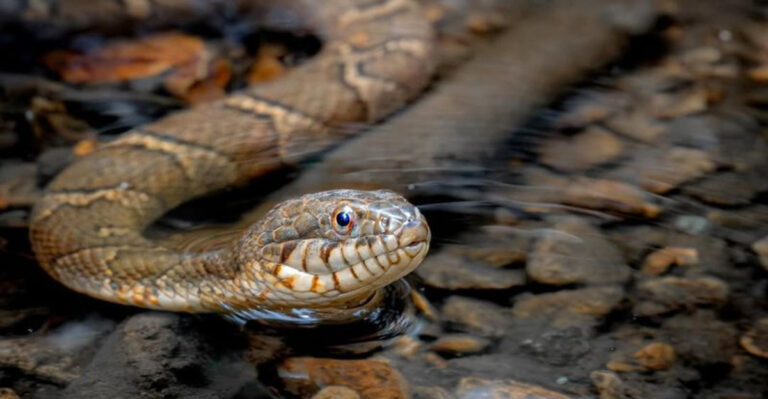160-Million-Year-Old Tracks Show Flying Dinosaur Cousins Spent More Time On Land Than We Thought
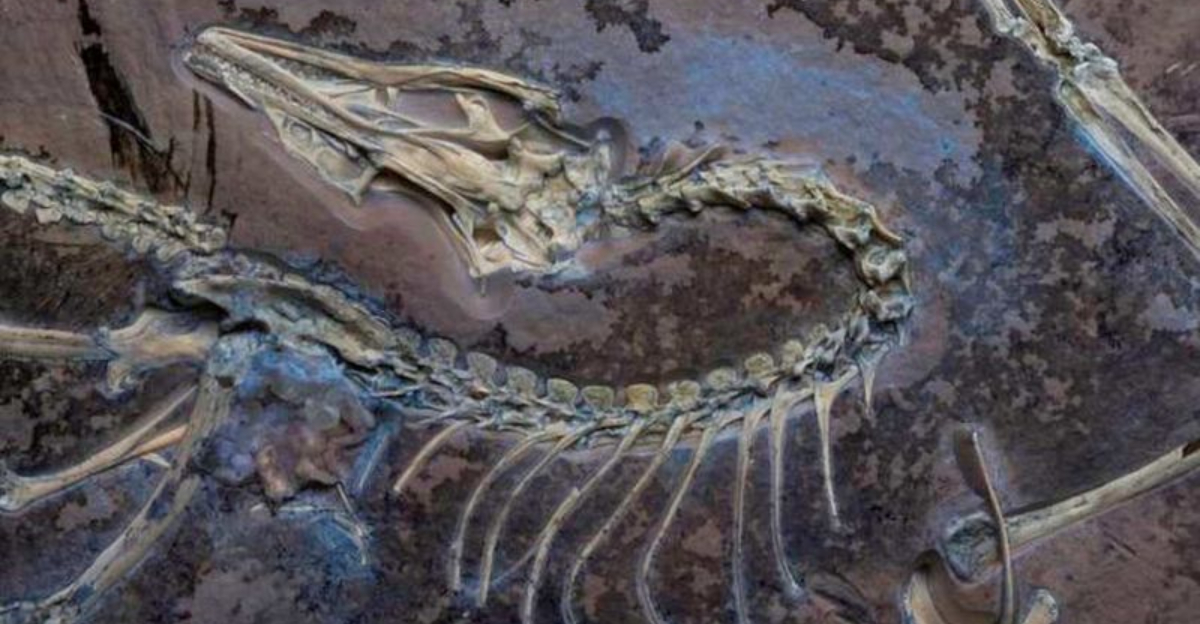
Scientists have made an incredible discovery that’s changing what we know about flying reptiles from dinosaur times.
Ancient footprints found in rock layers show that pterosaurs, the flying cousins of dinosaurs, weren’t just soaring through prehistoric skies – they were walking around on land much more than we ever imagined.
These 160-million-year-old tracks are giving us a whole new picture of how these amazing creatures really lived.
1. Footprints Offer A Rare Glimpse Into Pterosaur Life
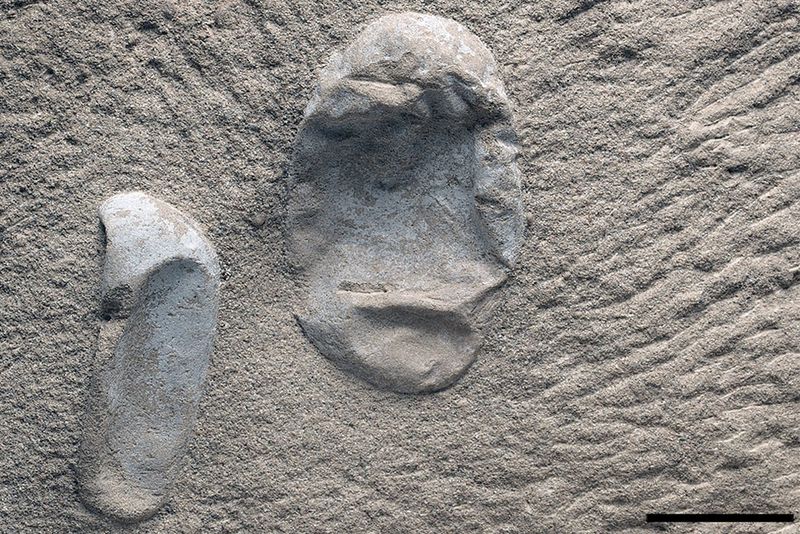
While bones tell us about anatomy, footprints reveal behavior. These remarkable tracks preserved in ancient mud show pterosaurs walking, running, and even resting on solid ground.
Unlike delicate skeletons that often crush under pressure, footprints capture moments in time – a pterosaur landing to feed or traveling between flight sessions. Scientists can measure stride length and foot positioning to understand how these creatures moved when not soaring overhead.
2. Pterosaurs Were Land Walkers, Too

Imagine a world where pterosaurs strutted confidently across prehistoric landscapes! The abundance of trackways suggests these creatures weren’t awkward on land as previously thought.
Many species had strong, well-developed limbs perfect for terrestrial movement. Their footprints show clear walking patterns with steady gaits and purposeful direction. Far from being clumsy land-bound creatures, pterosaurs appear to have been comfortable in multiple environments, making them true masters of adaptation.
3. Even Giants Like Quetzalcoatlus Walked The Earth
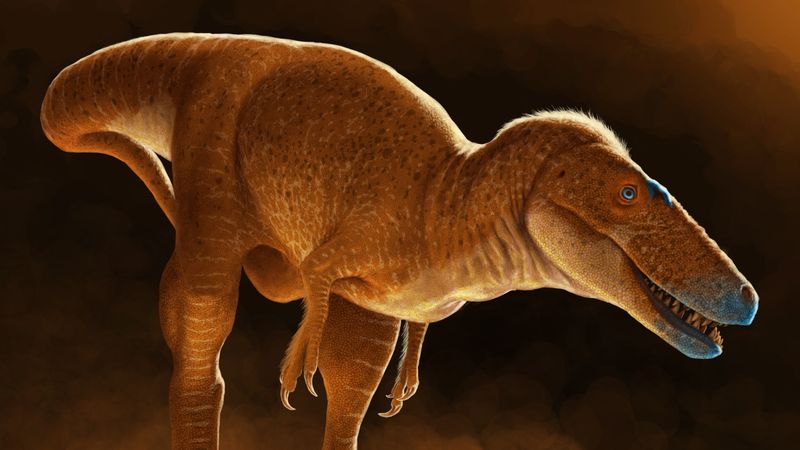
The largest flying creatures ever known left footprints too! Quetzalcoatlus, with its school-bus-sized wingspan, wasn’t just an aerial specialist.
Its tracks reveal a creature perfectly capable of navigating terrestrial environments despite its massive size. These giants walked on all fours but could likely stand upright when needed. The footprints show they distributed weight effectively through strong limbs, challenging our perception that such enormous flyers must have been awkward on land.
4. Ground-Dwelling Wasn’t Rare For These Flyers
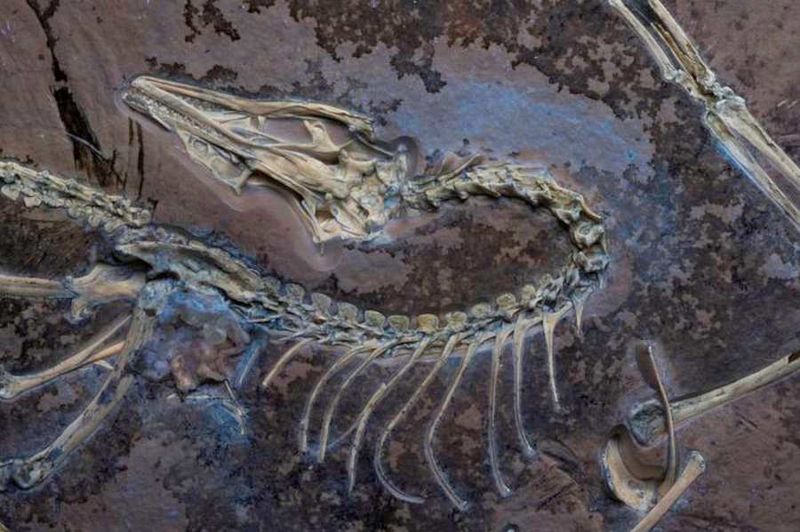
Footprints scattered across ancient environments tell a surprising story. Pterosaur tracks appear in coastal mudflats, lakeshores, and even inland forests – places far from the ocean cliffs we typically associate with them.
Some trackways extend for surprising distances, suggesting these animals traveled significant distances on foot. The variety of environments where prints appear indicates pterosaurs weren’t just occasional land-dwellers but regular terrestrial travelers, sharing habitats with dinosaurs and early mammals.
5. Neoazhdarchians Had Long Legs And Big Footprints

Meet the stork-like giants of the pterosaur world! Neoazhdarchians left distinctive three-toed impressions that reveal their impressive stature.
Unlike some of their relatives, these creatures had remarkably long legs proportional to their bodies. Their substantial footprints show they weren’t just capable walkers – they were built for it! The leg structure suggests they might have hunted like modern herons, stalking prey across open ground rather than relying solely on aerial hunting techniques.
6. Ctenochasmatoids Were The Fish Specialists
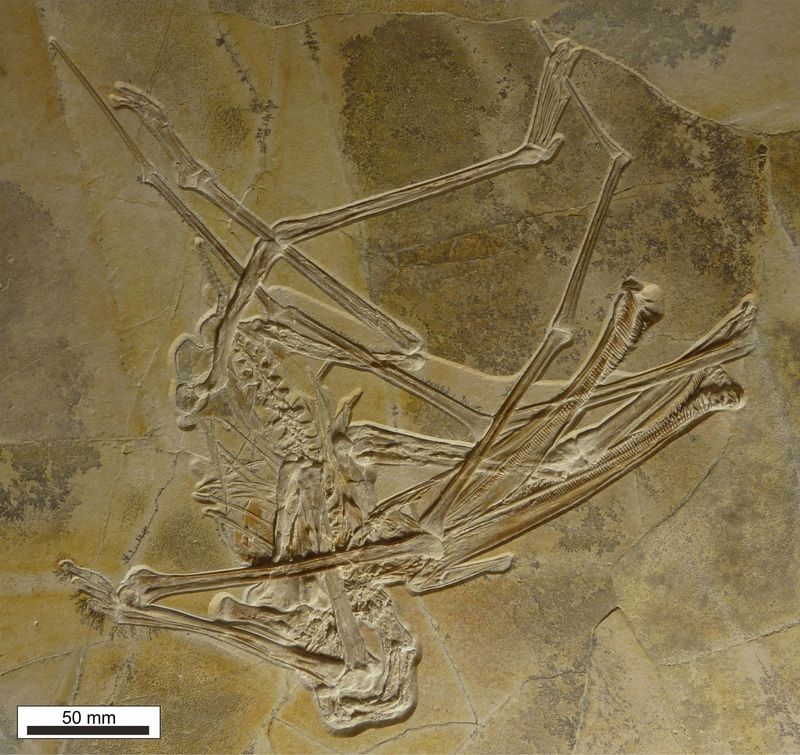
Flamingo-like in appearance, these specialized pterosaurs left distinct footprints near ancient water bodies. Their tracks tell us they waded through shallow lagoons rather than just flying over them.
The needle-thin teeth found in their fossils worked like living sieves. Standing in water, they would sweep their heads side-to-side, filtering tiny creatures from the water. Their footprints often show splayed toes, perfect for preventing sinking in soft mud while hunting.
7. Coastal Tracks Reveal Their Hidden Abundance

Footprints sometimes outnumber actual pterosaur fossils by hundreds to one! This remarkable discovery suggests these flying reptiles were far more common than bone evidence alone indicates.
The preservation bias against their hollow, fragile bones means many species have vanished from the fossil record completely. Fortunately, their footprints remained, pressed into ancient mud that hardened into rock. These tracks give us a more accurate picture of pterosaur populations and show just how numerous these magnificent creatures truly were.
8. Dsungaripterids Left Behind Both Bones And Tracks
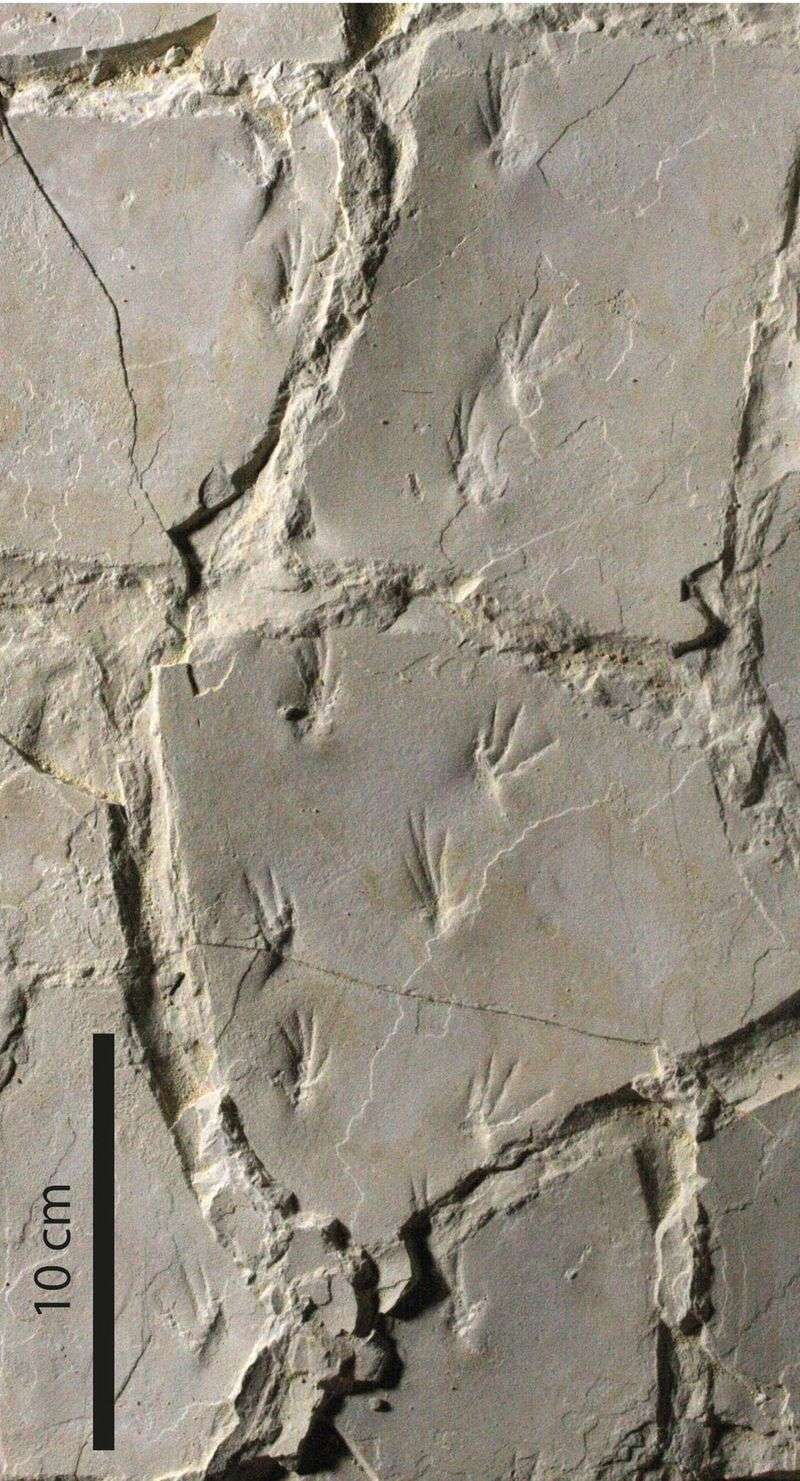
Scientific jackpot! Researchers found a perfect match between dsungaripterid skeletons and nearby footprints in the same rock layer. This rare direct connection eliminates guesswork about which species made which tracks.
The medium-sized pterosaurs left distinctive prints with three forward-pointing toes. Finding both body fossils and traces together allows scientists to confirm walking posture, stride length, and even estimate traveling speed. Such complete evidence is extraordinarily rare in paleontology, making this discovery particularly valuable.
9. Their Jaws Were Built For Crushing
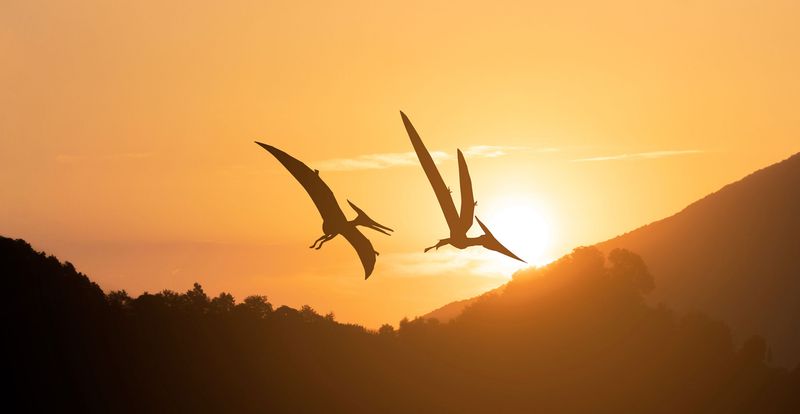
Beyond just walking, footprints reveal feeding behavior too! Dsungaripterid tracks often cluster in areas where shellfish were abundant, supporting theories about their specialized diet.
Their remarkable jaws featured a pointed, toothless tip perfect for prying shellfish from rocks. Behind this were robust, flattened teeth ideal for crushing hard shells. The distribution of their footprints suggests they walked along ancient shorelines, picking up and processing tough-shelled prey on the spot rather than carrying it away.
10. This Discovery Solves An 88-Year Mystery
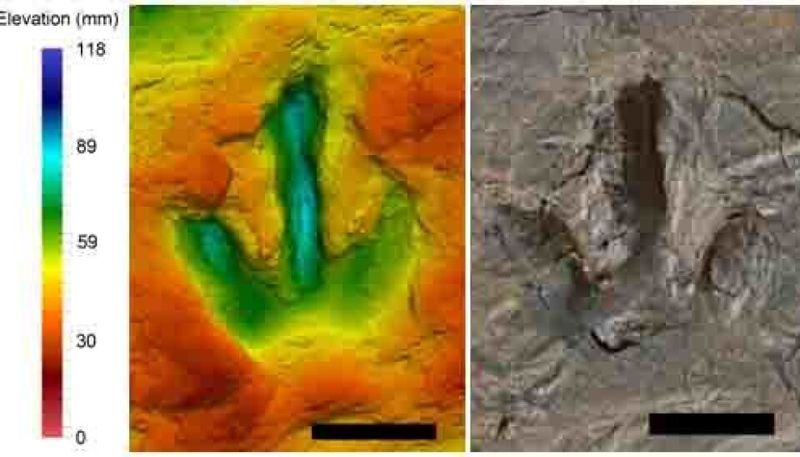
Back in 1935, paleontologists found strange three-toed impressions but couldn’t identify what creature made them. For nearly nine decades, these mysterious tracks puzzled scientists worldwide.
The recent footprint discoveries finally connect these historical findings to specific pterosaur species. Modern analysis techniques allow researchers to match foot anatomy from skeletal remains to the ancient impressions. This solves one of paleontology’s longest-standing mysteries and validates early researchers who suspected these might be pterosaur tracks.
11. It All Comes From One Breakthrough Study

Published in Current Biology, this groundbreaking research combines multiple lines of evidence for the first time. The international team analyzed hundreds of footprints across different continents to build their case.
Their work involved 3D scanning technology that captured microscopic details invisible to earlier researchers. By comparing modern bird and reptile locomotion with these ancient tracks, they’ve created the most complete picture yet of pterosaur movement. This single study has fundamentally changed our understanding of these fascinating creatures.






